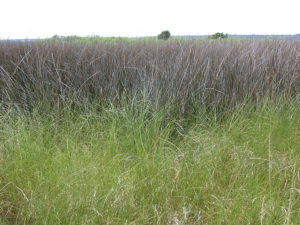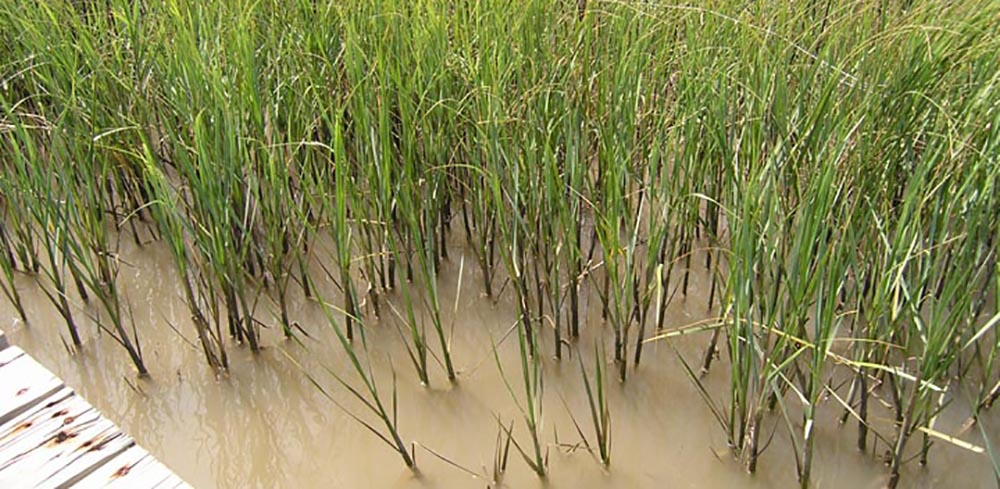 Welcome to the saltmarsh, one of the most dynamic habitats in the James River Watershed! Here, salty water from the Atlantic Ocean meets freshwater from the James River and its tributaries. Plants and animals that call the saltmarsh home have to deal with constantly changing conditions. A cracked, barren mudflat may be covered by several feet of water only hours later. Thunderstorms, hurricanes, and nor’easters can bring waves and wind. Yet through all of the challenges, the residents of these wonderful communities not only persist, but thrive!
Welcome to the saltmarsh, one of the most dynamic habitats in the James River Watershed! Here, salty water from the Atlantic Ocean meets freshwater from the James River and its tributaries. Plants and animals that call the saltmarsh home have to deal with constantly changing conditions. A cracked, barren mudflat may be covered by several feet of water only hours later. Thunderstorms, hurricanes, and nor’easters can bring waves and wind. Yet through all of the challenges, the residents of these wonderful communities not only persist, but thrive!
Saltmarshes are divided into two zones, the low marsh, which is flooded by tides daily, and the high marsh, which is only seldom affected by tides. The low marsh is dominated by smooth cordgrass, Spartina alterniflora, which must be able to tolerate prolonged periods of inundation as well as desiccation. This grass even has specializations to remove salt from its stem, leaves, and roots! The high marsh is dominated by saltmeadow hay, Spartina patens, and black needlerush, Juncus roemarianus. These grasses are better equipped to compete for desirable habitat than smooth cordgrass but lack the survival skills needed to tough it out in the low marsh.
Despite the unique qualities of this vibrant natural community, saltmarshes weren’t always appreciated. In the past, they were victims of human development and were frequently drained. In their absence, water quality deteriorated and many native species lost habitat. Now, they are afforded some protection as wetlands and any damage done to a specific marsh is legally required to be mitigated elsewhere.
Want to experience these amazing marshes up close? The James River Association partners with James City County to lead “Connect with the James” canoe and kayak paddles for free. Experienced James River Association employees who are certified by the American Canoe Association will take you on a fun evening exploration of our watersheds amazing rivers and tributaries. Register for a spot, it’s first come, first serve!

